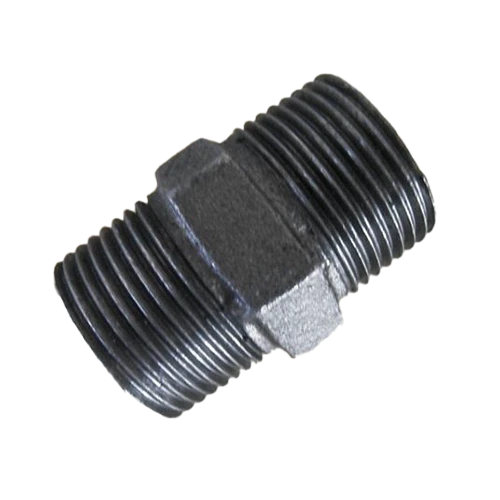Mobile:+86-311-808-126-83
Email:info@ydcastings.com
turbo 90 degree elbow
The Importance of Turbo 90 Degree Elbows in Modern Engineering
In the realm of modern engineering, the efficient movement of fluids or gases through pipelines is crucial. Among the various components that facilitate this movement, the turbo 90 degree elbow stands out as an essential part. This article will explore the design, application, and significance of turbo 90 degree elbows in various industries, particularly in piping systems.
Understanding Turbo 90 Degree Elbows
At its core, a turbo 90 degree elbow is a type of pipe fitting that allows for a change in direction—specifically a turn of 90 degrees in a pipeline. The term turbo typically refers to the enhanced aerodynamic and hydrodynamic properties of the elbow, designed to minimize flow resistance and turbulence. These elbows play a critical role in maintaining the efficiency of fluid transport systems, whether they are used in water treatment plants, oil and gas industries, or HVAC systems.
The design of a turbo 90 degree elbow often incorporates features that promote a smooth flow of the medium passing through it. Unlike standard elbows that may create significant turbulence and pressure drops, turbo elbows tap into advanced engineering techniques to streamline the flow. This feature makes them particularly advantageous in systems where maintaining pressure and flow rate is vital.
Applications Across Various Industries
Turbo 90 degree elbows find applications in numerous sectors. In the oil and gas industry, they are vital for transporting crude oil, natural gas, and various petroleum products. Engineers must ensure that these elbows can withstand high pressure and are resistant to corrosion from aggressive substances. Manufacturers often produce turbo elbows from high-grade materials like stainless steel and carbon steel to meet these demands.
In water treatment plants, the flow of water must be managed efficiently to facilitate purification and distribution. Turbo elbows aid in directing the flow with minimal disruption, ensuring that water maintains its quality throughout the process. Additionally, in the HVAC sector, these fittings are instrumental in directing airflow in heating and cooling systems. The robust design of turbo elbows helps in reducing energy consumption by optimizing the air distribution throughout buildings.
Advantages of Turbo 90 Degree Elbows
turbo 90 degree elbow

One of the primary advantages of using turbo 90 degree elbows is their ability to enhance system efficiency. By providing a smoother transition for fluids or gases, they reduce energy loss that can result from turbulence and pressure drops. This efficiency translates into cost savings for businesses in terms of reduced energy usage and improved system performance.
Moreover, the durability and resilience of turbo elbows make them a long-lasting investment. High-quality materials and manufacturing processes ensure that these fittings can withstand harsh operational conditions. This durability leads to fewer replacements and maintenance interventions, further contributing to operational efficiency.
Lastly, the versatility of turbo 90 degree elbows allows them to be customized based on specific requirements. Engineers can design them in various sizes and configurations to suit different pipe systems, ensuring that they can be integrated seamlessly into existing infrastructures.
Key Considerations When Selecting Turbo 90 Degree Elbows
When selecting a turbo 90 degree elbow for a project, several factors must be taken into account. First, the material of the elbow should be compatible with the medium being transported to prevent corrosion and degradation. Additionally, pressure ratings and temperature limits should align with the operational requirements to ensure safety and functionality.
It’s also crucial to consider the elbow's size and configuration. A well-sized turbo elbow will contribute to optimal flow characteristics, avoiding pressure loss that can dampen overall system efficiency.
Conclusion
In conclusion, turbo 90 degree elbows are indispensable components in modern piping systems across various industries. Their ability to enhance fluid and gas flow while minimizing turbulence and energy loss makes them a preferred choice for engineers. As industries continue to seek ways to improve efficiency and reduce costs, the importance of such innovative components will only grow. By understanding the significance and applications of turbo 90 degree elbows, engineers and designers can make informed decisions that ultimately lead to more efficient and sustainable operations.
-
Impeller Technology That Powers Precision in Pump SystemsNewsMay.22,2025
-
Valve Durability Begins with Quality Cast Iron ComponentsNewsMay.22,2025
-
Performance Cooling with Advanced Automobile Water Pump SolutionsNewsMay.22,2025
-
How Motor Housing and Oil Pans Shape Engine PerformanceNewsMay.22,2025
-
How Metal Castings Drive Modern Manufacturing EfficiencyNewsMay.22,2025
-
Exploring the Engineering Behind Valve Body CastingsNewsMay.22,2025











